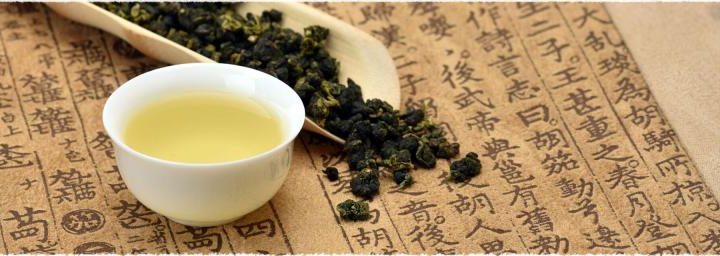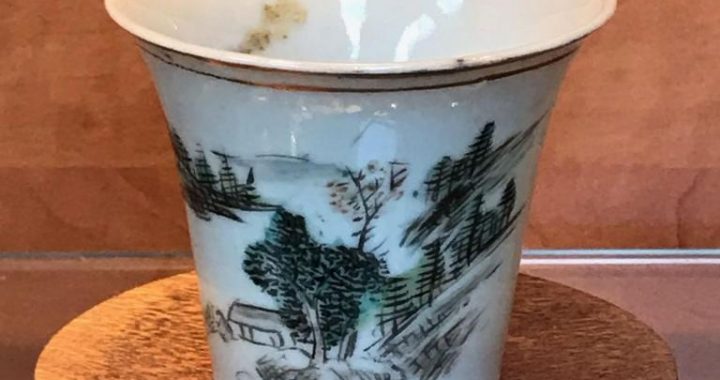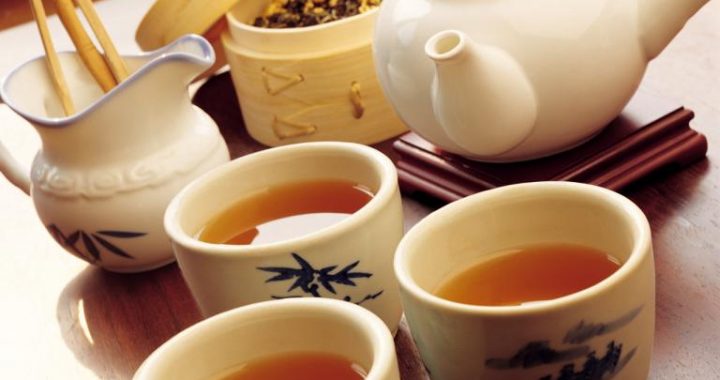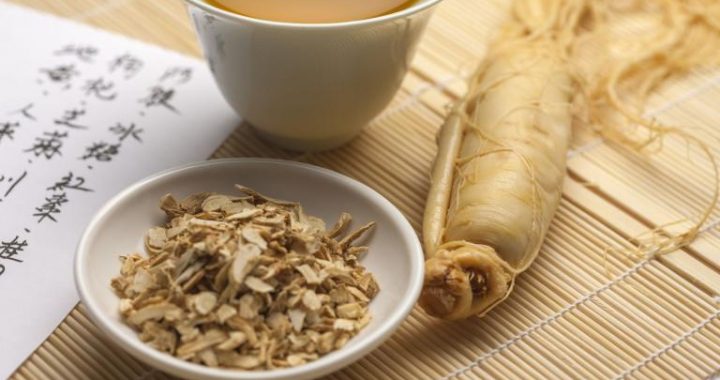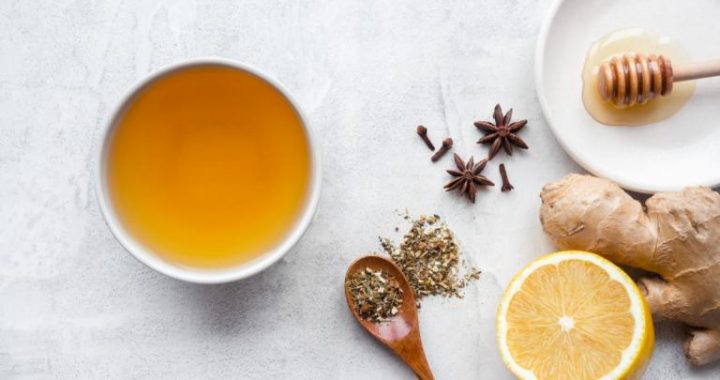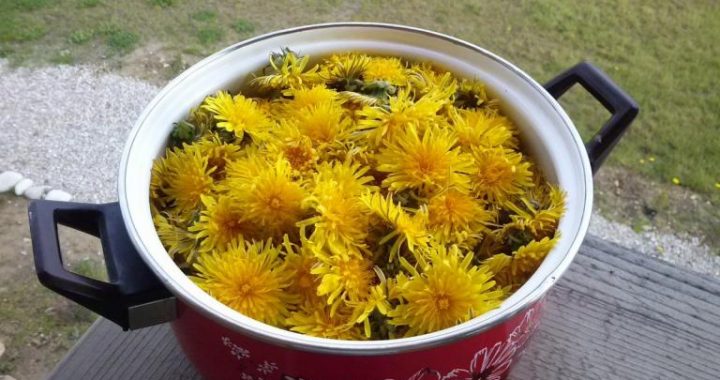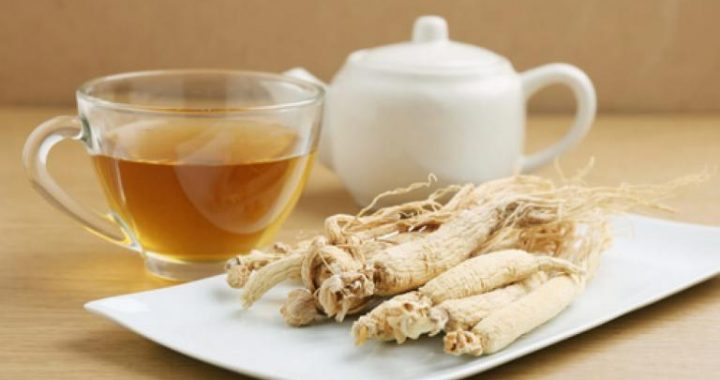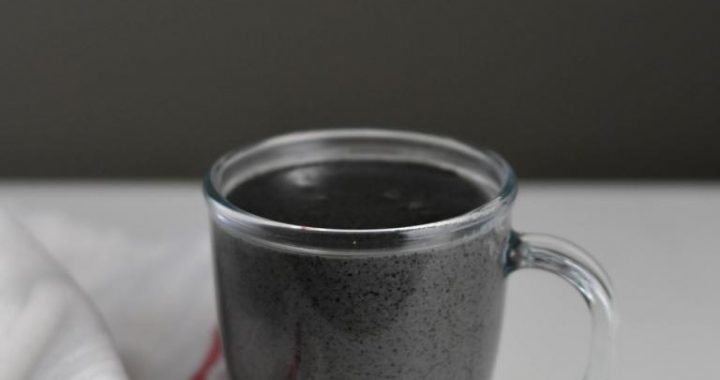The Tea Utensils
6 min readAt the beginning of tea production, there was no fixed tea utensils used in the process of tea drinking. After the Han dynasty, people began to pay more attention to the research of tea utensils; and the prevalence of tea drinking trend in the Tang dynasty also promoted the perfection and exquisiteness of the skills in making utensils. According to the historical records, in and before the Sui dynasty (581~618), the tea utensils and wine utensils were the same, and most of them were earthen utensils. The tea utensils in a true meaning originated from the Tang dynasty.
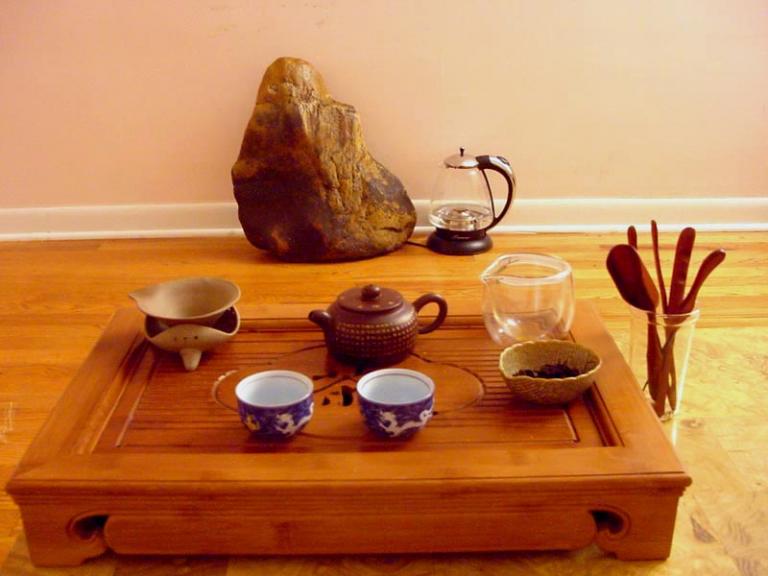
The Various Tea Utensils of the Tang Dynasty
Being influenced by the thoughts of Zen Buddhism and the tea drinking habit of the monks, tea had become the daily drink of people in the Tang dynasty. The Tang people paid more attention to the artistic mood in tea drinking, and considered tea utensils as an indispensable instrument in the process of tea drinking.A piece of elegant and exquisite tea utensil not only had high value of appreciation and artistry, but also heartened the harmony of the color, fragrance and taste of tea.
Under the influence of utensil-choosing thought in tea brewing and since teasteaming were the most popular ways in the Tang dynasty, ti1l the middle Tang dynasty, the kinds of tea utensils were already very complete, and also of good quality. Only in Lu Yu’s Tea Classics there already were mentioned six kinds of tea utensils, among which there were the ones used in fire-lighting, water heating andtea steaming, the ones used to roast and measure tea, the ones used to carry, sieve and store water, the ones used as tea containers and teacups, and also the ones used to store, wash and clean the tea utensils, altogether 20-odd specialized tea utensils, which were all the necessary ones in daily tea drinking. From this we could see the over-elaborate formalities in the tea drinking process of the Tang dynasty.

The Conforming-to-the-norm Tea Utensils of the Song Dynasty
Because of the prevalence of cake tea, the tea utensils of the Song dynasty were equivalent with the ones of the Tang dynasty in terms of kinds and quantity, but theformer one emphasized more on conforming to the norm. Such utensils as the cups used to drink tea, the pots used to infuse water, the qian used to roast tea and the diao used to light fire, were not only made of better materials, but also made in more delicate and exquisite ways. The Records of Tea, written by Cai Xiang of the roller Song dynasty, mentioned that the tea utensils then included tea baker, tea millstone, tea sieves, teacups, tea baskets, teaspoons, tea water bottles and so on.
In the Pictures of Tea Utensils by Shen An, an old man in the Southern Song dynasty (1127~1279), there painted 12 pieces of tea utensils with the way of line drawing, among which”weihonglu”meant the tea baking stove;”mudaizhi”was referredto the tea mortar used to grind tea;”jinfacao”was the tea roller used to grind tea;”shizhuanyun”meant the tea millstone used to grind tea;”huyuanwai”referred to the bail used to measure water;”luoshumi”was the tea sieves used to sift tea;”zongcongshi”was the tea broom used to clean tea;”qidiaomige”meant the container used to put tea powder;”taobaowen”was teacups;”tangtidian”was the water bottles used to infuse tea water;”zhufushi”referred to the tea brush used to blend boiling tea water;”sizhifang”was the tea towels used to clean tea utensils.
These tea utensils were of exquisite appearance and high quality, which was closely related to the luxuriant trend because of the prevalence of cake tea in the Tang and Song dynasties (618~1279). The people then emphasized much the glory andluxury in tea drinking, and made the procedures of tea drinking complicated, which in turn led to the over-emphasis of tea utensils.

The Simple Tea Utensils of the Ming Dynasty
The founding emperor of the Ming dynasty (1368~1644) Zhu Yuanzhang abolished cake tea and used loose tea instead, thus the Ming people turned from the original methods of cooking tea and “dian-cha”to the way of pouring boiling water on tea leaves directly. This change directly resulted in the frequently used tea utensilsof baking, grinding, sifting and steaming tea in the Tang and Song dynasties fallin out of use, and consequently there appeared a set of new tea utensils.
The tea drunk by the Ming people was loose tea, and the utensils of storing and roasting tea were more important than the ones in the Tang and Song dynasties. Gao Lian of the Ming dynasty listed 16 pieces of tea utensils, and 7 pieces of tea storing utensils, altogether 23 pieces in Zunshenbajian. And Zhang Qiande mentioned in the Tea Classics that the tea utensils then only included 9 pieces, namely tea baker, tea basket, tea water bottle, teapot, teacup, paper bag, tea washer, tea bottle and tea stove.
Although the tea utensils of the Ming dynasty were very simple, people still emphasized the ways of making, standards and quality very much. The appearance of new tea utensils and the craftsmanship in the Ming dynasty had undergone greater development than the Tang and Song dynasties; besides, all the tea utensils were made from clay or porcelain. During this period, white porcelain tea utensils and blue-and-white porcelain tea utensils of Jingde County in Jiangxi Province and purple sand tea utensils of Yixing in Jiangsu Province were all very delicate and exquisite in color, form, kinds and patterns, which became well-known all over the country.
The Colorful Tea Utensils of the Qing Dynasty
During the Qing dynasty(1616~1911), the making of tea utensils gradually developed towards the artistry of craftsmanship. The tea utensils were mostly made of clay and porcelain, which were most prosperous during Kangxi and Qianlong reign.
The fine works in the porcelain tea utensils of the Qing dynasty were mostly produced in Jingde Town in Jiangxi Province, which not only produced blue-and-white porcelain and polychrome porcelain tea utensils, but also invented the pink and cloisonne enamel porcelain tea utensils.
The purple sand tea utensils produced in Yixing in Jiangsu Province in the Qing dynasty also had some development based on tradition. It is said that Chen Mansheng, who was the governor of Liyang County then, designed the novel “eighteen patterns of pots”and invited Yang Pengnian and Yang Fengnian to make them; when the clay base was half dry, Chen used bamboo knife to engrave characters or paintings on the pots in person. This kind of “Mansheng Pot”that was made by craftsmen and designed by the men of letters initiated a new trend of Yixing purple sand teapots. During Qianlong and Jiaqing reign, Yixing purple sand products also introduced many pink porcelain teapots of the colors of red, green and white, making new breakthroughs in the craftsmanship of traditional sand teapots. Besides, the bodiless lacquer tea utensils in Fuzhou, the bamboo woven tea utensils in Sichuan Province and the biological tea utensils in Hainan Province also began to appear, gradually forming the competitive situation of the colorful tea utensils in the Qing dynasty.
The Various Modern Tea Utensils
The development of modern tea utensils had new breakthrough on the basis of early people’s achievements. They are more refined in crafts and various in kinds.
For example, there are expensive golden and silver tea utensils as well as the cheap bamboo and wooden tea utensils; and there are also the tea utensils made of agate, crystal, jade, marble, clay and porcelain enamel etc. In addition, the modern people also begin to pay more attention to the collocation of tea utensils, which varies greatly according to the different drinking customs of different nationalities and areas. Besides, people’s personal preferences and tastes also varies a lot, so the skills of tea brewing kept innovating, and the collocation of tea utensils also kept changing and innovating. However, in general, collocation of the tea utensils follows the principles of utility, simplicity, cleanness and elegance.
China is of a vast territory and multiple nationalities, and the tea utensils of different areas and different nationalities vary a lot due to the differences in customs and habits. But the generally and widely used tea utensils are teapots, teacups, tea-bowls, tea saucer and tray etc. In terms of materials, they usuallyinclude clay, porcelain, lacquer, glass, metal, bamboo and wood. In daily life, the tea utensils are mostly made of clay, bamboo and wood, demonstrating the harmony of tea and the utensils.
